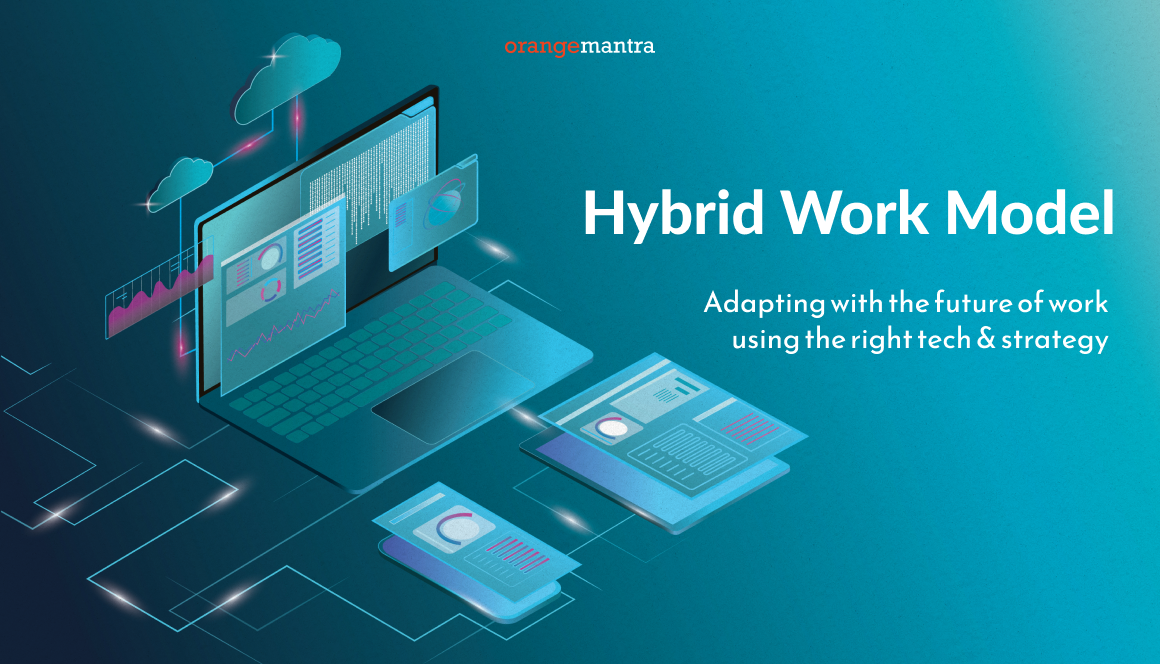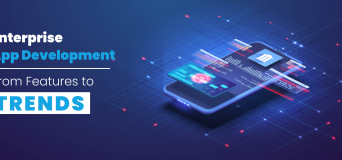
Here’s what you will learn:
Workplaces have evolved dramatically since the onset of the Industrial Revolution. Looking back at history, we could marvel at how the 1800s brought European and American workers from fields to factories. During the Second World War, the literal “manpower” crisis brought women into the workforce. And then came the computers. The computer era of the 1990s unprecedently changed the way we humans work, marking the beginning of a tech-driven future of work.
And then 2020 suddenly forced us to rethink the way we work. COVID-19 overwhelmingly fast-forwarded what was already in the works: a fully remote work model. The highly transmissible disease drove employees out of offices to work remotely. Thanks to swift vaccine distribution in many countries, in 2021, workers are now returning to their workplaces partially. It’s a window opportunity for employers to lay out a new, more effective work culture model that eliminates or, at least, minimizes the fleeting rate of uncertainty.
Unfortunately, employers are ready to encourage employees for in-person presence, but they aren’t “prepared.” It’s high time for employers to confront the inflating gap between their post-pandemic vision and how their employees visualize this future together.
Table of Contents
The Hybridized Future of Work
“The road to success is not about escaping the risks but managing them appropriately”.
The future of work is hybrid, but sadly, many organizations lack a vision for this transformation, resulting in more anxiety than productivity. Organizations face discouraging skills deficits. However, those with the skills implemented in a more integrated way are slowly gaining an edge over their rivals.
The subsequent adaptability of hybrid working models has accelerated the demand for new workforce and skills. According to a survey report, 58% of the global employers admitted that closing the skill gap remains their prime focus since the pandemic began, and approx. 69% of these organizations chose enhanced skill-building activities to retain their employees.
Interestingly, the skills they focus on are mostly leadership management, critical thinking, decision making, and project management. This data proves that in addition to making their companies employee-centric, employers are walking a tight rope while finding new ways to improvise the work models. It doesn’t have to be so perplexing. With the right strategy in place, the hybrid-work model could do wonders.
Continuous Learning is the Key
The past few years made it abundantly clear that the future is highly-volatile. People and organizations need to be future-ready. Surely that doesn’t mean one has to react to every challenge they encounter but rather prepare for what may come. Leaders excel in this situation with the skill we call “adaptability.” Adaptability is the ability to learn new things and bring flexibility to how we apply knowledge to various situations.
Of course, it is not a meta-skill present in a few of the rarest. All that it takes is a conscious brain that knows when to trigger the learner’s mind and bring it to action.
The Know-Hows of a Hybrid Work Culture
Challenging the existing norms and barriers that in the past prevented employees from working remotely, the hybrid work culture will become far more common. Despite the organizations embracing the hybrid work model, most managers today fail to address the problems arising from a shift to remote work. Here are a few dimensions to rethink the processes and help employees drive excellence in their skills.
Count those small connections too
If you wonder why some companies enjoy higher productivity during the pandemic, then here is the answer: they support and nurture every connection between their colleagues. They discuss new opportunities in the projects, share ideas, network, mentor, and support.
These microtransactions have surprisingly increased productivity laggards. So, executives planning to sustain the pandemic-style productivity gains via a hybrid work model can design and develop spaces for small interactions to happen.
Manage things differently
One cannot deny that managing work remotely differs from on-site management. But that doesn’t validate other subtleties to remain apparent. Emphasizing more on small connections require managers to better support their teams. It includes educating them about the pros and cons of soft skills by providing and receiving feedback more often. Organizations can also focus more on addressing the loss of empathy followed by an authorized approach towards employees, especially the ones with low emotional intelligence.
Experiment and repeat
Across the various organization, executives have now the urge to redesign their work processes to better uplift their remote workforce. With most of the productivity leaders identifying the glitch in the work system, they are more likely to iterate and tweak their processes to codify the hybrid model. As a result, the future will be all about a test-and-learn approach towards technologies and skills.
Rethink the talent acquisition process
Post-pandemic, two-thirds of the global companies have evaluated the number of people working in different roles. This evaluation determined that the productivity leaders are either the middle performers or laggards, enabling the organization to go beyond reassessing and implementing new changes. While redesigning their hybrid work model, electing the workforce with their right priorities will boost more productivity improvements.
Final Thoughts
Are you wondering what you should take away from this post about hybrid work? Here is the extract of what we have discussed so far:
- Address your employee’s fear regarding the working hours, guidelines, and the organization’s expectations from them.
- Listen and respond to their queries and concerns with built-in opportunities to make small connections take place in the organization.
- Every employee will have different work preferences. So, tailor work arrangements according to their work responsibilities and expectations.
- Make an inspiring workplace that gives employees a reason to get up, get dressed, and commute.
- Communicate the reason behind the changed policies. Your employees have the right to know the intention behind the decisions made.
At Orange Mantra, we thrive on helping organizations build hybrid and futuristic workplace capabilities, among other digital-driven solutions. Whether you need remote work solutions or enterprise software, we are here to help. Our futuristic solutions have helped dozens of organizations fully transform their workforce management models.


